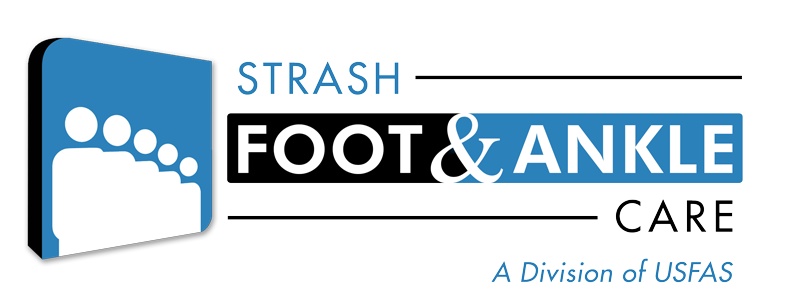19 Mar Peroneal Tendons
The peroneal tendons consist of two tendon that arise from the muscles on the outside of the leg just below your knee. The tendons course behind the outside of the fibula(outside ankle bone), then turn and connect to two different areas of the mid foot. One peroneal tendon attaches to the outer part of the mid foot, while the other tendon runs under the foot and attaches near the inside of the arch. The main function of the peroneal tendons is to stabilize the outside of foot and ankle.
Peroneal tendon problems occur either from repetitive use injuries such as running, tennis, cycling or from a sudden injury such as an ankle sprain or fracture. In the case of repetitive use, patients will usually notice a gradual increase in symptoms to the outside of the ankle which are usually made worse by doing physical activities. Initially, the tendon will become inflamed a condition known as tendonitis. However, if not treated, the tendons generally become scarred and weak and will eventually tear.
Being on the edge of the hill country, San Antonio is a hotspot for mountain biking and cycling. Consequently, many of the the sports related peroneal tendon injuries we see as podiatrist are a result of those activities.
Diagnosis
Peroneal tendon injuries can be very subtle and difficult to diagnose, it is a progressive injury and will continue to worsen unless treated. That is why it is important to see a board certified podiatrist for prompt evaluation and management. A thorough clinical examination, x-rays and most likely an MRI will be needed to make an accurate diagnosis. Once a diagnosis is made treatment can include the following depending on the severity of the injury:
Symptoms
When you damage the peroneal tendons from an acute injury, it may not be readily apparent as there is generally other injuries which are the primary focus, such as torn ligaments in the case of an ankle sprain.
- Swelling around the outside of the ankle
- Redness and warmth
- Pain with walking, running or moving the foot from side to side
- Instability or weakness the foot of ankle
- Inability to pivot
Treatment
- Immobilization: A cast or splint may be used to keep the foot and ankle from moving and allow the injury to heal.
- Medications: Oral or injected anti-inflammatory drugs may help relieve the pain and inflammation.
- Physical therapy: Ice, heat, or ultrasound therapy may be used to reduce swelling and pain. As symptoms improve, exercises can be added to strengthen the muscles and improve range of motion and balance.
- Bracing: The podiatrist may provide a brace to use for a short while or during activities requiring repetitive ankle motion. Bracing may also be an option when a patient is not a candidate for surgery.
- Surgery: Surgery may be needed to reconstruct the damaged or torn tendons.

